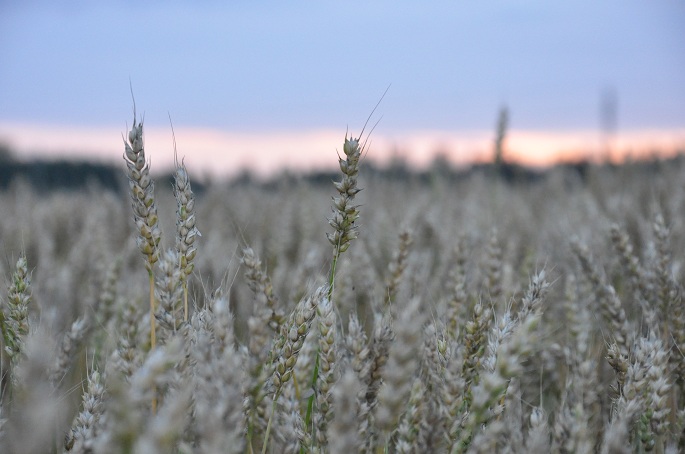Grains remain unharvested in Eastern, Northern Finland
Published : 12 Mar 2018, 01:56
Updated : 12 Mar 2018, 09:56
Cereals and protein crops remained unharvested as the winter arrived, particularly in Eastern and Northern Finland, according to Natural Resources Institute Finland (Luke).
"Last year, fields in Eastern and Northern Finland suffered from the worst crop failures in thirty years”, said Anneli Partala, senior statistician at Luke
In addition to unharvested crops, farmers suffered from a lower cereal quality. On the positive side, the rye harvest of 113 million kilos was large enough for self-sufficiency, said a press release.
However, this situation will not continue as the sown area with autumn rye was one-third smaller than in the previous autumn.
The grain harvest in the country was significantly low in the last year. In 2017, the grain harvest of 3.4 billion kilograms remained the second smallest in the 2000s.
Large volumes remained unharvested during the exceptionally rainy autumn of 2017. It is estimated that cereals remained unharvested over an area of more than 80,000 hectares when the winter arrived.
Due to the rainy autumn, a higher cereal volume than usual, one-tenth of the total area, i.e. 120,000 hectares, were harvested green as feed for domestic animals.
The high production year of 2017 in terms of rye will not continue in 2018. The rye harvest of 113 million kilograms is the highest since 1990.
Last autumn’s harvest is sufficient to cover domestic consumption of approximately 100 million kilos until next autumn’s harvest. In the 2000s, the rye harvest has only covered annual domestic demand three times. Next autumn’s harvest will unlikely be large enough for self-sufficiency, as the sown area with autumn rye was one-third smaller than in the previous autumn.
For broad beans and peas, the 2017 crop production statistics also include, for the first time, the silage harvest in addition to the dry seed harvest. The cultivation of both protein crops has increased in recent years, and domestic animal farms use entire crops as silage, similarly to conventional green fodder.
Oats made up roughly two-thirds of the organic harvest of 95 million kilograms. The production of organic oats increased by one-fourth from 2016. In addition, the production of organic wheat and barley increased, whereas the organic rye harvest was one-fourth lower than in 2016. Of the total grain harvest, organic cereals accounted for roughly three per cent.


